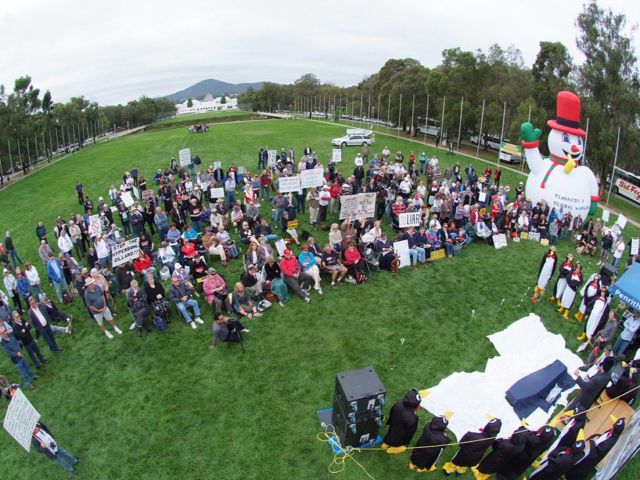BIASED media coverage of natural resource use issues should be fertile ground for the ABC’s Media Watch, but despite efforts to draw their attention to this have displayed little or no inclination to cover it in the past. Then again, as some of the worst examples of biased coverage of environmental issues have emanated from the ABC, this is perhaps not so surprising.
Most notably, the double-episode of the ABC’s Australian Story – ‘Something in the Water’ in February 2010 – springs to mind. It claimed that eucalypt plantations occupying just 4% of a Tasmanian town’s water catchment were toxic to humans, animals, and marine life. Screened just 3-weeks before the Tasmanian state election, the program sparked a controversy that was not backed by credible science yet resulted in the unseating of the government’s Health Minister and quite likely contributed to the formation of the current Labor-Greens minority government which has a distinctly anti-forestry agenda.
If the ABC is to ever rid itself of the perception that it caters to a primarily Green-Left audience, its supposedly independent investigative journalists need to start examining the excesses of mainstream environmentalism and the damage it is doing both to the wider environment and regional and rural communities. A good start would be for Media Watch to investigate arguably the most prominent form of media spin which is seen on an almost daily basis – that is the coverage of natural resource usage promulgated at the behest of mainstream environmental groups.
Read more here: http://www.onlineopinion.com.au/view.asp?article=13417


 Jennifer Marohasy BSc PhD has worked in industry and government. She is currently researching a novel technique for long-range weather forecasting funded by the B. Macfie Family Foundation.
Jennifer Marohasy BSc PhD has worked in industry and government. She is currently researching a novel technique for long-range weather forecasting funded by the B. Macfie Family Foundation.